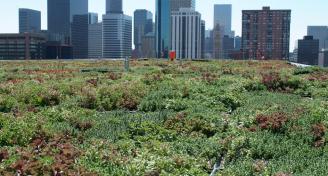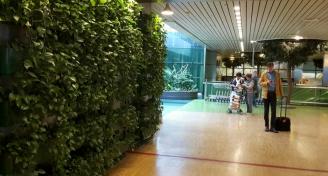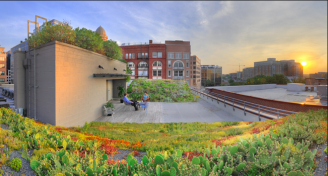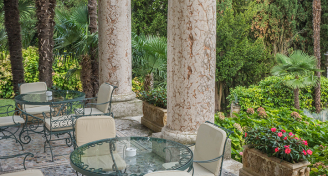Melbourne’s liveability will be enhanced by biophilic metro stations

Senior lecturer in architecture at Deakin University and principal technical advisor on sustainability to the Melbourne Metro Rail Authority, Dr Phillip Roös, says that when Melbourne get its new underground railway stations, they will not only be welcome additions to the city’s public transport network. They will also be first piece of Australian public infrastructure that will include this type of biophilic design, boosting Melbourne’s ecological credentials.
“Biophilic design is about going further and deeper than just the idea of building something that is sustainable. It acknowledges that any built environment is intruding on a natural space and should therefore emulate nature as much as possible.”
“This isn’t just about low-impact features like green power or water recycling, it is also recognising that humans are drawn to the patterns inherent in living things, so if we can create something that follows these rules of nature, humans will benefit as well as the planet,” he says.
“To make sure this is legitimate in a large and complex project like the Metro Tunnel, we needed an expert assessment of how biophilic design works, how it gets applied to the built environment, and more specifically how this can be applied to a metro project,” says Roös.
This resulted in the ‘Creating Healthy Places’ study, which Roös used to develop the guidelines for the five underground stations being constructed as part of Melbourne’s Metro Tunnel project.
The final recommendations noted the importance of things like a visual connection to nature, presence of water, variability in airflow, dynamic light, geometric patterns inspired by nature, and creating places of refuge or mystery.
“In many ways public transit lays a foundation for more time spent outside, more walking, and more opportunity to be in and enjoy the public realm,” he says.
“But transit stations, and the spaces around them, can be profoundly more nature-ful, from interior living walls and natural daylight, to the trees, native shrubs, gardens, and water elements that might be designed-in”.
“These qualities are ever more important, as the world population continues to urbanise, but they are also essential ingredients in a ‘Liveable City’ and positioning Melbourne as an internationally recognised ‘EcoCity’,” says Roös.




